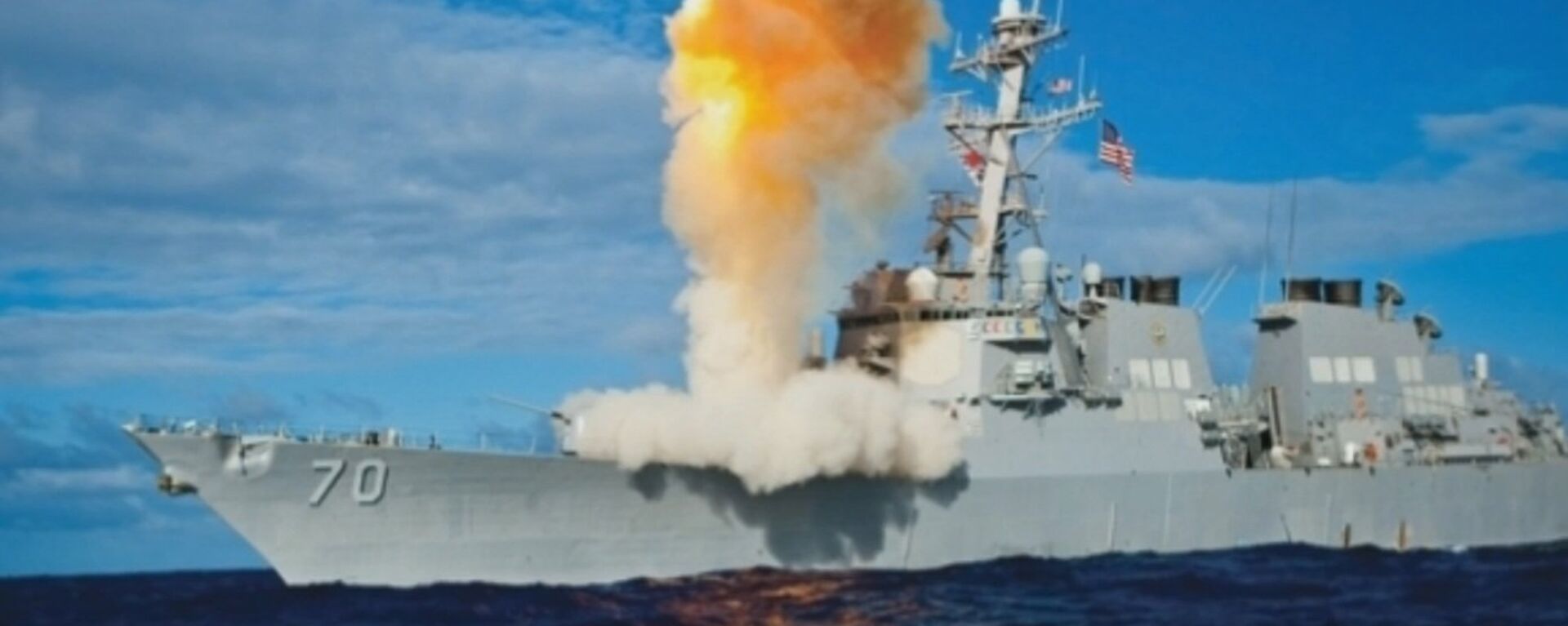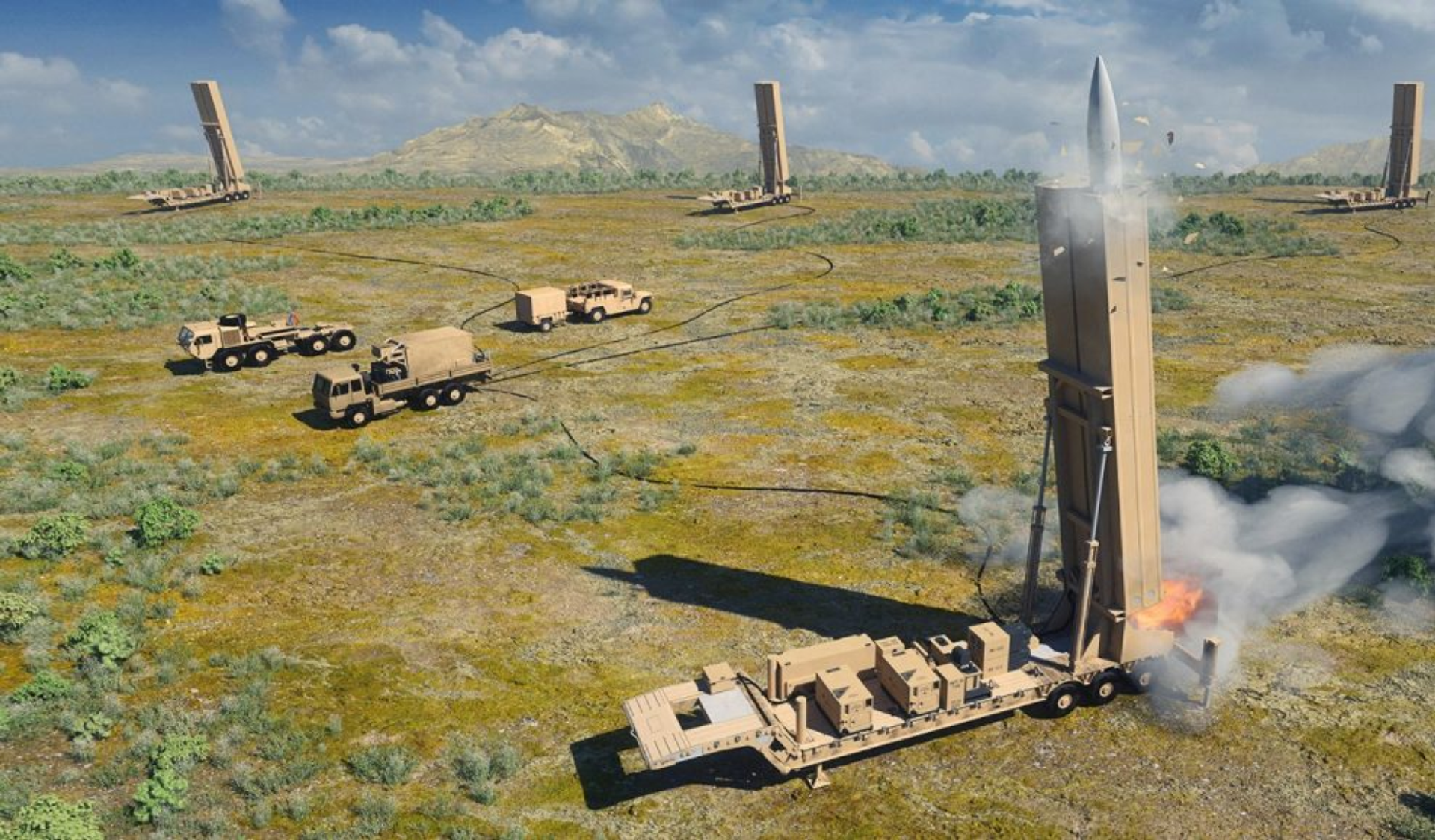https://sputnikglobe.com/20230821/report-uss-zumwalt-cruiser-begins-installing-hypersonic-weapons-for-2025-test-date-1112772147.html
Report: USS Zumwalt Cruiser Begins Installing Hypersonic Weapons for 2025 Test Date
Report: USS Zumwalt Cruiser Begins Installing Hypersonic Weapons for 2025 Test Date
Sputnik International
The US’ premier blue water stealth warship, the USS Zumwalt, has arrived at Mississippi shipyard to begin installing the necessary tech upgrades to carry and fire hypersonic weapons. However, the US presently has no such weapon.
2023-08-21T21:18+0000
2023-08-21T21:18+0000
2023-08-21T21:17+0000
military
uss zumwalt
us navy
hypersonic missiles
hypersonic
https://cdn1.img.sputnikglobe.com/img/104563/28/1045632807_0:0:5222:2938_1920x0_80_0_0_cb7815dbef26db48950abc2d063d3bfc.jpg
US media reported the US Navy had notified them that the Zumwalt had arrived at its new home port of Pascagoula, Mississippi, “to enter a modernization period and receive technology upgrades including the integration of the Conventional Prompt Strike weapon system.”According to US media, the missiles will be fitted into 87-inch missile tubes, each of which will hold three missiles, for a total of 12 hypersonic weapons on the vessel.Lead ship of what was originally intended to be a class of dozens of warships, the Zumwalt is instead just one of three such vessels built by Bath Iron Works. It was originally intended to carry a massive rapid-firing cannon for shore bombardment, but went through a crisis of purpose for many years before naval leaders settled on turning the Zumwalt into a platform for surface-launched hypersonic missiles.The device fires a rocket that boosts a glide vehicle to hypersonic speeds before detaching, launching the glide vehicle toward its target at speeds in excess of Mach 5 (3,800 miles per hour) - in the case of the LRHW, the Army says it can reach Mach 17 (13,000 miles per hour). Hypersonic weapons are challenging to detect and intercept because they produce almost no heat signature and they can jink and maneuver significantly more than a rocket-powered missile.The US has tested other hypersonic weapons as well, including air-launched weapons, none of which have panned out. Even the LRHW has only been test-fired twice.At 16,000 tons, the Zumwalt-class ships are the largest cruisers in active service in the world and second only to Russia’s Kirov-class battlecruisers in terms of offensive warships. However, China’s Type 055-class cruisers (NATO reporting name Renhai-class) closely trail the Zumwalts, which they outnumber 7 to 3. Both the Kirovs and the Type 055s are also capable of firing hypersonic weapons.
https://sputnikglobe.com/20230818/us-japan-plan-for-hypersonic-interceptor-part-of-declining-empire-greasing-palms-overseas-1112711938.html
Sputnik International
feedback@sputniknews.com
+74956456601
MIA „Rossiya Segodnya“
2023
News
en_EN
Sputnik International
feedback@sputniknews.com
+74956456601
MIA „Rossiya Segodnya“
Sputnik International
feedback@sputniknews.com
+74956456601
MIA „Rossiya Segodnya“
hypersonic weapons; glide vehicle; uss zumwalt
hypersonic weapons; glide vehicle; uss zumwalt
Report: USS Zumwalt Cruiser Begins Installing Hypersonic Weapons for 2025 Test Date
The US’ premier blue water stealth warship, the USS Zumwalt, has arrived at Mississippi shipyard to begin installing the necessary tech upgrades to carry and fire hypersonic weapons. However, the US presently has no such weapon.
US media reported the US Navy had notified them that the Zumwalt had arrived at its new home port of Pascagoula, Mississippi, “to enter a modernization period and receive technology upgrades including the integration of the Conventional Prompt Strike weapon system.”
“The upgrades will ensure Zumwalt remains one of the most technologically advanced and lethal ships in the US Navy,” the statement added.
According to US media, the missiles will be fitted into 87-inch missile tubes, each of which will hold three missiles, for a total of 12 hypersonic weapons on the vessel.

18 August 2023, 16:21 GMT
Lead ship of what was originally intended to be a class of dozens of warships, the Zumwalt is instead just one of three such vessels built by Bath Iron Works. It was originally intended to carry a massive rapid-firing cannon for shore bombardment, but went through a crisis of purpose for many years before naval leaders
settled on turning the Zumwalt into a platform for surface-launched hypersonic missiles.
The Intermediate-Range Conventional Prompt Strike (IRCPS) is a derivation of a weapon first developed by the US Army, the Long-Range Hypersonic Weapon (LRHW).
When the LRHW enters service later this year it will be the first such weapon in the US arsenal after years of having lagged behind countries like Russia and China. It has a reported range of 1,725 miles.
The device fires a rocket that boosts a glide vehicle to hypersonic speeds before detaching, launching the glide vehicle toward its target at speeds in excess of Mach 5 (3,800 miles per hour) - in the case of the LRHW, the Army says it can reach Mach 17 (13,000 miles per hour). Hypersonic weapons are challenging to detect and intercept because they produce almost no heat signature and they can jink and maneuver significantly more than a rocket-powered missile.
The US has tested other hypersonic weapons as well, including air-launched weapons, none of which have panned out. Even the LRHW has only been test-fired twice.
The US Navy said in February it planned to test-fire a hypersonic missile from the Zumwalt in December 2025. The other two Zumwalt-class cruisers, the USS Michael Monsoor and USS Lyndon B. Johnson, are also expected to receive hypersonic weapons upgrades.
At 16,000 tons, the Zumwalt-class ships are the largest cruisers in active service in the world and second only to Russia’s Kirov-class battlecruisers in terms of offensive warships. However, China’s Type 055-class cruisers (NATO reporting name Renhai-class) closely trail the Zumwalts, which they outnumber 7 to 3. Both the Kirovs and the Type 055s are also
capable of firing hypersonic weapons.




